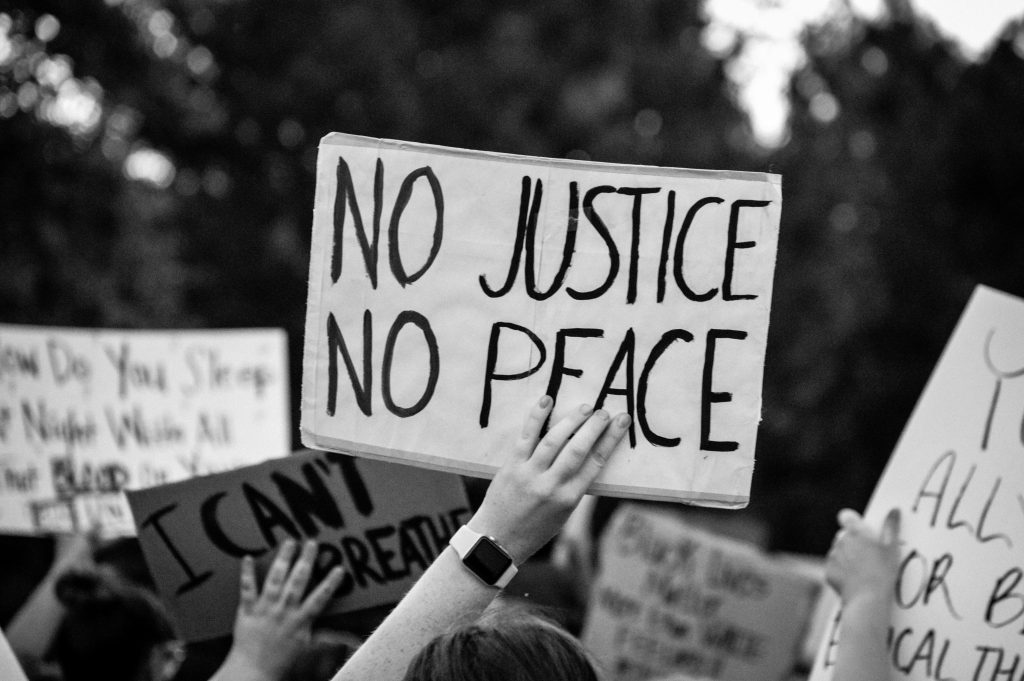Understanding Complexities of Law Through Behavioural Sciences
The integration of Behavioral Sciences unveils a deeper understanding of the intricate layers within the realm of law, shedding light on its complexities and paving the way for informed decision-making

Often touted as an ‘essential’, law, as an educational as well as a professional institution, is fundamental to the sustainability of the global world order. Having developed as a result of the growth of society, the legal discourse has always remained at the core of societal values and maintained a discipline amongst a diverse field of spheres such as social, political, economic as well as cultural. Therefore, having such a transcendental impact on society, the subject of law should thereby be treated accordingly and there should be a multi-faceted approach to studying the same as well.
Notwithstanding the long journey of innovation that humanity has chartered in transforming the legal subject, there is a need for creating link between the Law and the Behavioural Sciences.
By definition the behavioural sciences investigate mental processes and organism-to-organism interactions. Naturalistic observation, controlled scientific experimentation, and mathematical modelling are used to conduct a systematic analysis and investigation of human and animal behaviour. It uses rigorous formulations and observation to reach legitimate, objective conclusions.
Following this definition, one can easily make out the branches of behavioural sciences, i.e., psychology, criminology etc. As a subject it is almost impracticable for studying the law in isolation from the societal influence surrounding it. Defining the study of the law by merely the words of a judge quoted in a precedent or a paragraph within a clause of a statute would be thoroughly reductionist since law in itself is mediated and developed owing to the material conditions of the time. Therefore, while learning the law through the innumerable case laws and legislations and the other technicalities involved with the letter of the law only fills one half of the subject.
The other half, though seemingly not so complex, is rather involved in interpreting the rationale behind said law. Now it may seem mere conjecture to say that to be able to comprehend and read someone’s intent is an impossibility, however, with the introduction of the behavioural sciences like psychology and criminology, it becomes a mathematically modelled, scientifically based probability that verifies and validates the material need for the emergence of any said provision.
First, applying the law of behavioural sciences would help deter and prevent crime more efficiently. Behavioural science promises, for example, more expert testimony, particularly in areas where courts have traditionally been required to rely on judicial notice; it promises a new understanding of the factors responsible for decisions; it promises computers designed to do the work of judges more effectively than the judges themselves; and, finally, it promises a method of solving the great and intractable problems of jurisprudence.

A leading case in point could be the theory of environmental criminology. This field of behavioural science maps the leading causes of crime in any environment or setting to influence criminal behaviour. It introduces theories of rational choice/risk-and-reward that justify criminal presence. Therefore, in doing so, the environmental criminologist can help influence an effective legislation that not only looks to deter crime but also prevent the same from happening in the first place. For e.g. the Five Oaks Neighbourhood project wherein the objective was to help the residents implement a defensible space and certain strategies to help turn the tide of crime in the neighbourhood and in furtherance of the same they thereby constructed an efficient traffic control scheme and community actions were undertaken as part of the law working alongside the theories of criminology.
While it is therefore established that inter alia, behavioural sciences help in preventing crime, a second benefit of the same would be that it helps reform the ideas of justice and morality that are often deemed as core to the study of the law.
To better explain this, one must look at the global advancements in the understanding of justice. From the ancient Aristotelian and Socratic ideas we have now come to define justice while taking into account the social standing of the accused. Another such layer that has only recently been added to the concept of justice is “restorative justice”. Finding its voice amongst leading victimologists, the idea of restorative justice, unlike retributive justice, focuses on making reparations to restore the status quo as much as possible while simultaneously addressing the mental, emotional as well as any other requisite needs of the victims of any crime. It believes that harm caused needs to be acknowledged while allowing for a setting to reflect upon the emotional attachments and other mental stresses. Restorative justice aims at a mutual agreement that not only focuses on compensation but on restoration and rehabilitation as well.
There are various models that resonate these ideas and put them to practise. For e.g., The WAGGA WAGGA model wherein the accused shares the room with the victim’s next of kin and the mediated discussion that ensues between the two allows for a therapeutic restoration/rehabilitation of the mental state of not just the accused but provides relief to the victims in knowing that the accused is aware of their guilt, if any, in the crime. While these theories are only models that are not yet accepted by many national governments, they help us understand the law through the victim’s lens as much as the offender’s lens and help in unbiased, objective decision making.
These ideas are but a preview of the vast swathe of possibilities that behavioural sciences bring with them in the understanding of the law. Therefore, a careful and complete study of the law could really ever be possible if one studies the setting in which the law evolved or will evolve.
Author bio: Angad Singh Chadha is an intern at JIBS and a second-year law student at Jindal Global Law School pursuing B.A.LL.B.(Hons.).
